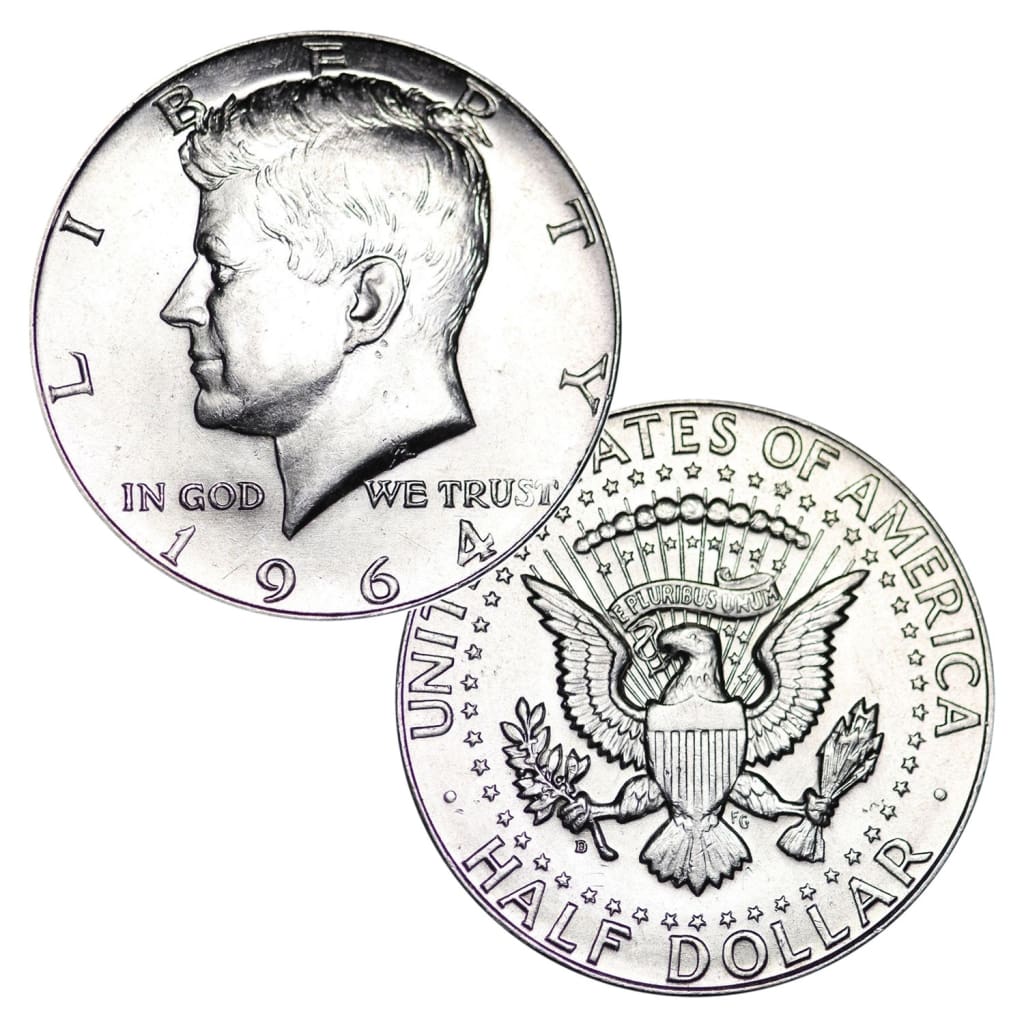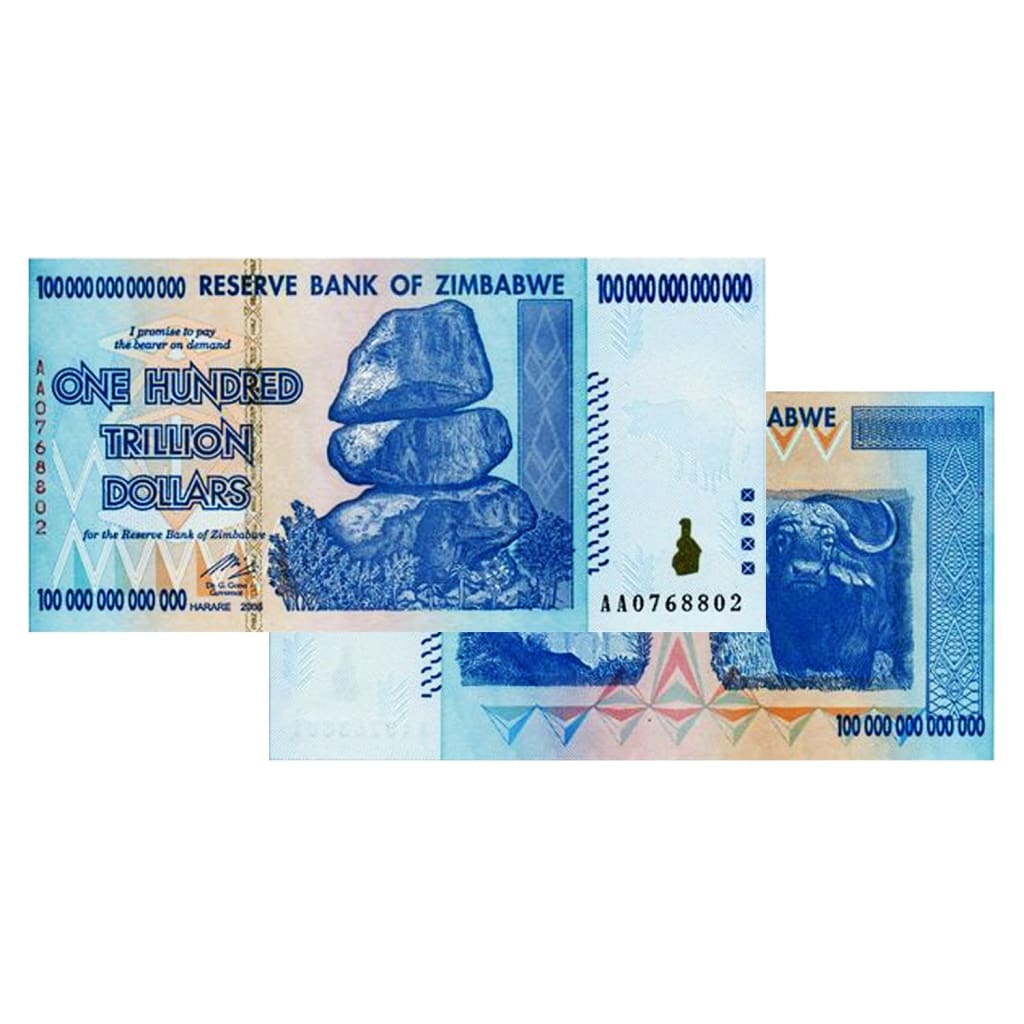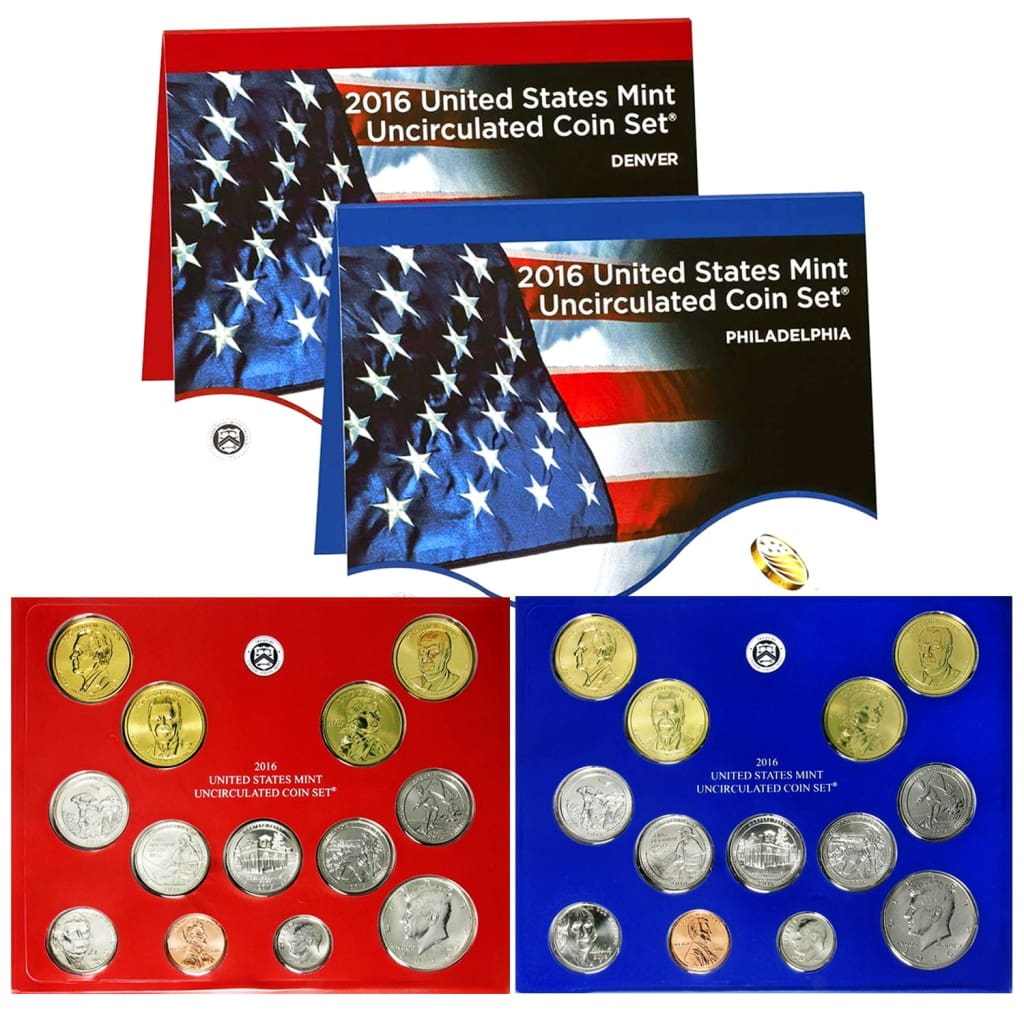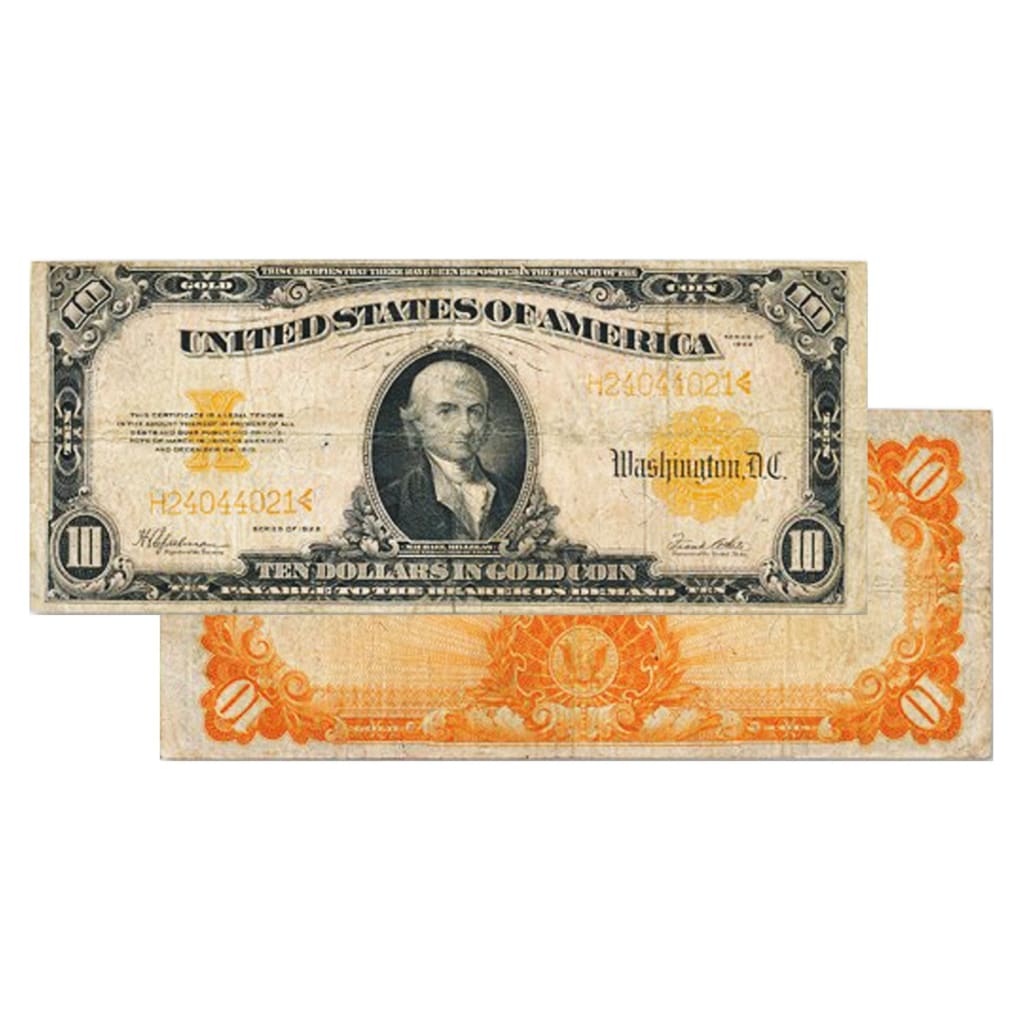At one point in history, the U.S. half dollar was the workhorse of the American economy. Today, these medium-sized coins are highly desirable among many coin collectors. Here’s a short guide to early American half dollars:
Flowing Hair Half Dollars
America’s first half dollar was minted between 1794 and 1795. It’s size and weight were based on the Spanish dollar, which was used frequently in the Americas at this time. The obverse side featured a profile of Liberty with windswept hair. The reverse featured an eagle with wings raised, standing within a wreath. In good condition, Flowing Hair halves can be worth thousands of dollars.
Draped Bust Half Dollars
The Draped Bust half dollar was issued from 1796 to 1807. This piece of ancient coinage included a new rendition of Liberty, with her loose hair tired in a ribbon. On the reverse, beamed a smaller eagle within a wreath. This coin was produced in fairly large numbers, particularly after 1804 when the dollar coin was suspended. By far the most common date of the Draped Bust half dollar is 1806, although, there are a few 1801, 1802 and 1803 coins still circulating today.
Capped Bust Half Dollars
Following the Drapped Bust half dollar was the Capped Bust design. This coin was introduced by Chief Engraver of the U.S. Mint, William Kneass. The Capped Bust series pictured Liberty donning a cloth cap on her head, while the reverse side contained the smaller eagle with a shield. Up until 1836, the edge of the fifty-cent coin featured the denomination. However, partway through 1836 the coin’s edge was replaced with a simpler reeded style.
Liberty Seated Half Dollars
The Seated Liberty design was crafted by noted portraitist Thomas Sully and executed by U.S. Mint engraver Christian Gobrecht. Seated Liberty halves remained in production for more than 50 years, from 1839 through 1891. This series featured Liberty seated on her rock, with a liberty cap on a pole in her hand while the other hand rested on a shield inscribed LIBERTY. The reserve side depicts an eagle clutching an olive brand and arrows. Amid the religious Civil War years, the motto IN GOD WE TRUST was added to the reserve in 1866 and continued through the end of the series.
Barber Half Dollars
Following the Seated Liberty, the U.S. Treasury was looking for a refreshed design. As a result, these Liberty Head half dollars were minted between 1892 and 1916 by Charles Barber. More commonly known as “Barber half dollars,” the obverse side features Liberty’s profile, wearing a cap and laurel wreath on her head. On the reverse is a Heraldic Eagle. Thirteen starts appear on both sides to represent the 13 original colonies.
Gary Dyner is the owner of Great American Coin Company. Connect with him on Google+.





